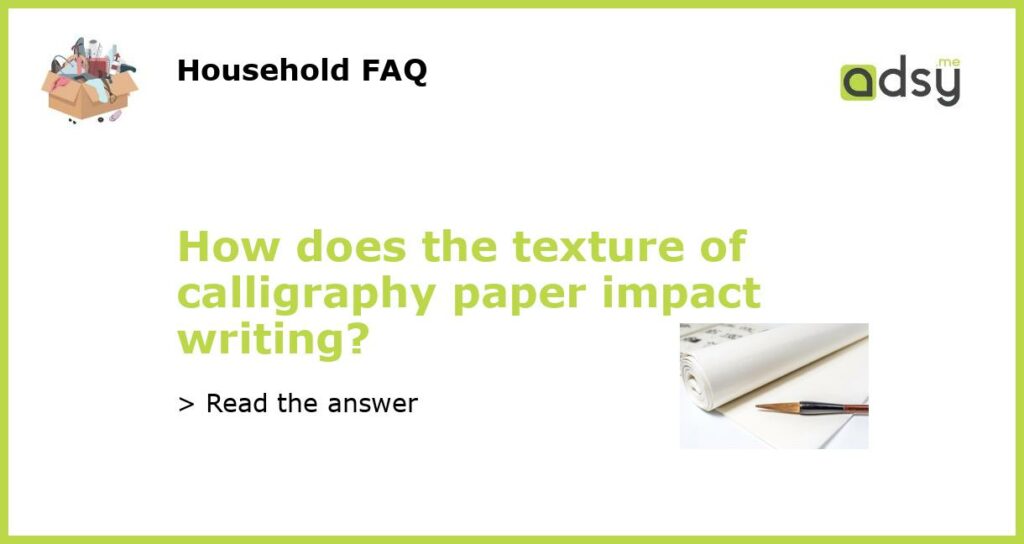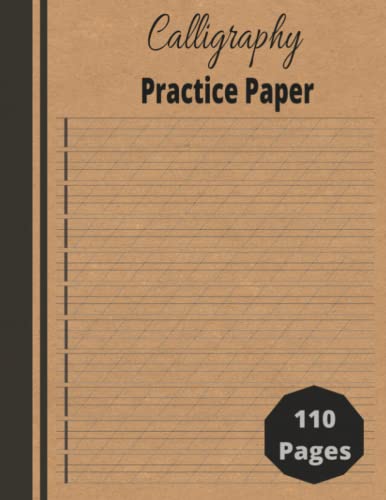The Importance of Texture in Calligraphy Paper
Calligraphy has been a cherished art form for centuries, and mastering it involves various factors such as the right tools and materials. Among the most essential materials for calligraphy is paper. Calligraphy paper comes in different textures, including rough, medium, and smooth, and each texture impacts the writing in unique ways.
Choosing the Right Texture for Calligraphy
When selecting calligraphy paper, it is crucial to consider the texture. The texture of the paper determines the feel of the pen as it glides on the surface, which impacts the quality of the writing. For example, rough textured paper suits calligraphers who prefer a sharp and edgy finish to their letters, while smooth textured papers are perfect for those who prefer a clean and elegant look.
Influencing the Pen and Ink Flow
The texture of the paper significantly affects the pen and ink flow in calligraphy. Rougher textures tend to affect the ink flow, as the nib of the pen gets caught in the paper’s crevices, causing variations in the ink’s thickness. Smooth papers, on the other hand, provide a more consistent ink flow as the nib of the pen glides across the paper’s surface with ease.
The Effect on the Overall Appearance
The texture of the calligraphy paper plays a crucial role in the appearance of the final product. Coarser papers give a more grainy look, while smoother papers provide a sharper and clearer appearance. Smooth textures showcase the fine details of the letters, making them more legible and visually appealing. In contrast, rougher papers tend to create thicker lines, making it difficult to distinguish between the different strokes in a letter.
The Impact on the Writing Experience
Ultimately, the texture of the calligraphy paper affects the writing experience itself. The texture can influence the way the calligrapher holds the pen, the pressure applied, and the level of concentration needed to achieve the desired results. A smooth texture can offer more control over the pen, making it more comfortable to work with, while a rough texture can make writing a more intricate and challenging process, which can be both rewarding and frustrating at the same time.






